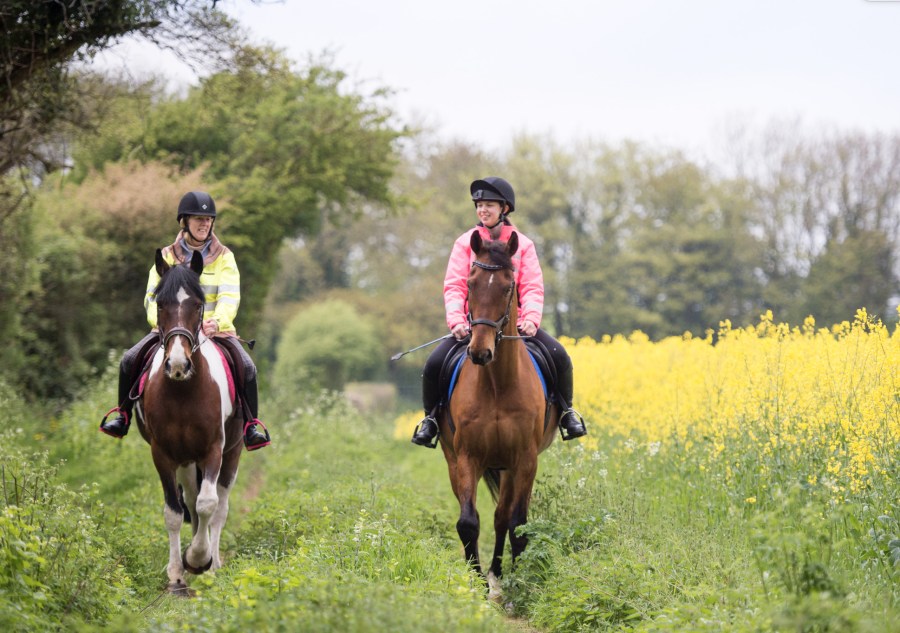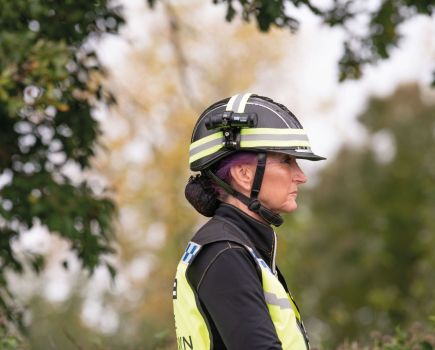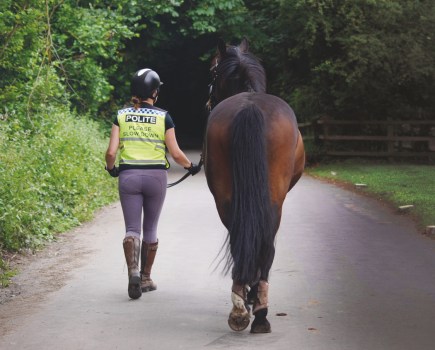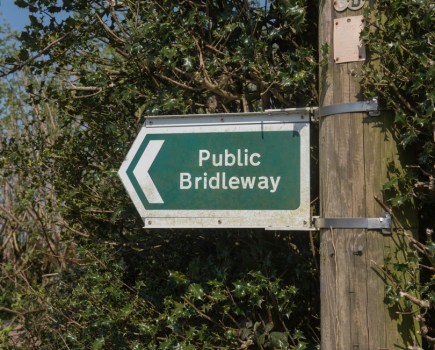Encountering other animals while out on a hack can be spectacular at a distance, but dealing with them up close and personal can fray horse and rider’s nerves – or worse.
A horse spooking can sometimes pose more danger than the wild animal itself – fairly harmless creatures such as pheasants, rabbits and deer can still frighten a horse and cause them to bolt, rear or injure themselves.
If your horse is particularly flighty, teaching them that bolting is not an option is definitely worth a try. You can practise this while out hacking. Work with your horse when there’s not an issue – so if there’s a rock they don’t like the look of, for example, make them approach it and walk around it. Teach them to trust your judgement, so that when you say ‘we’re not running’, they will listen to you because you’ve already done it with stones and sticks and nothing bad happened.
Also, listen to your horse. Their behaviour will tell you when there’s something out there; they will sense the presence of wildlife before you do.
Six golden rules when meeting livestock
When it comes to passing livestock, the BHS advises equestrians to follow these important guidelines:
- Walk quietly through the field, keeping to the track or bridleway.
- Don’t ride through any field containing livestock with a dog.
- Avoid coming between mothers and their young. If your actions may separate them stop until they are together and then continue slowly.
- If stock are following you closely, turn your horse to face them – they are more likely to retreat. Shout or move towards them if necessary. You may need to do this repeatedly while crossing the field. Keep calm at all times.
- Ensure that the livestock know you’re there. Stop until they become aware of you, especially if they have young.
- When riding in a group, keep the horses reasonably close together.
Making yourself known
Horses are likely to be seen as low risk to most wildlife, which is why you can get a lot closer in the saddle than you would on foot. It’s only when you get very close that the animal realises there’s a human there too. This can lead to complications as deer and pheasants will often spook right next to your horse, startling them in the process.
Making a noise as you ride will tend to spook any local wildlife and so they’ll avoid you. Some people put bells on their saddle, advertising to any wild animals that they’re there.
Coughing or whistling when you see animals such as deer or pheasants can help to alert them of your presence as well. You could also try stopping your horse and ensuring that they’ve seen them before you get too close – although this tactic does depend on the horse. If there’s an area where you know wildlife are common, singing or talking loudly as you ride can help to prevent pheasants and other birds jumping out of hedges and scaring your horse.
Receive six issues of Your Horse magazine for just £15!









